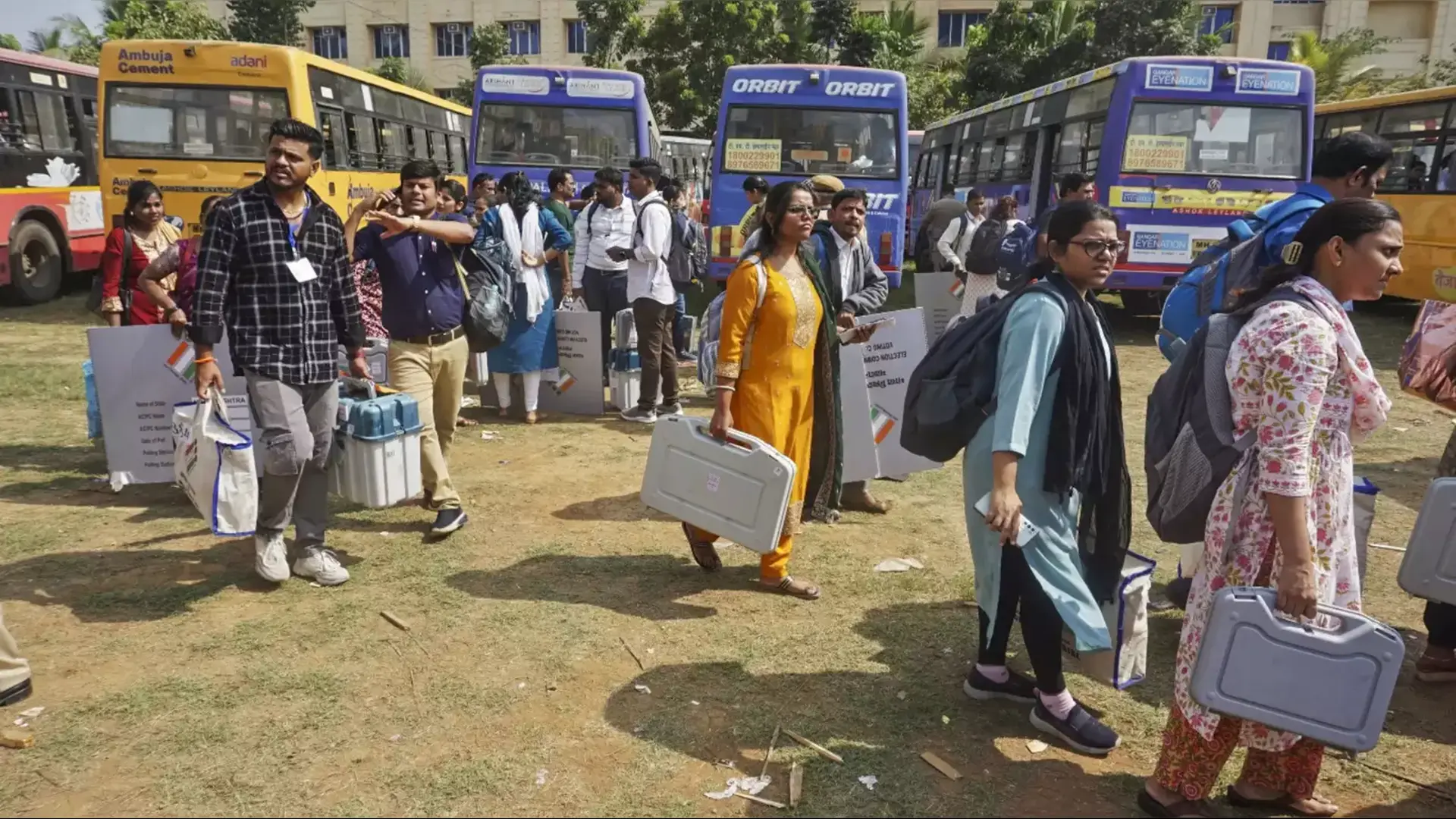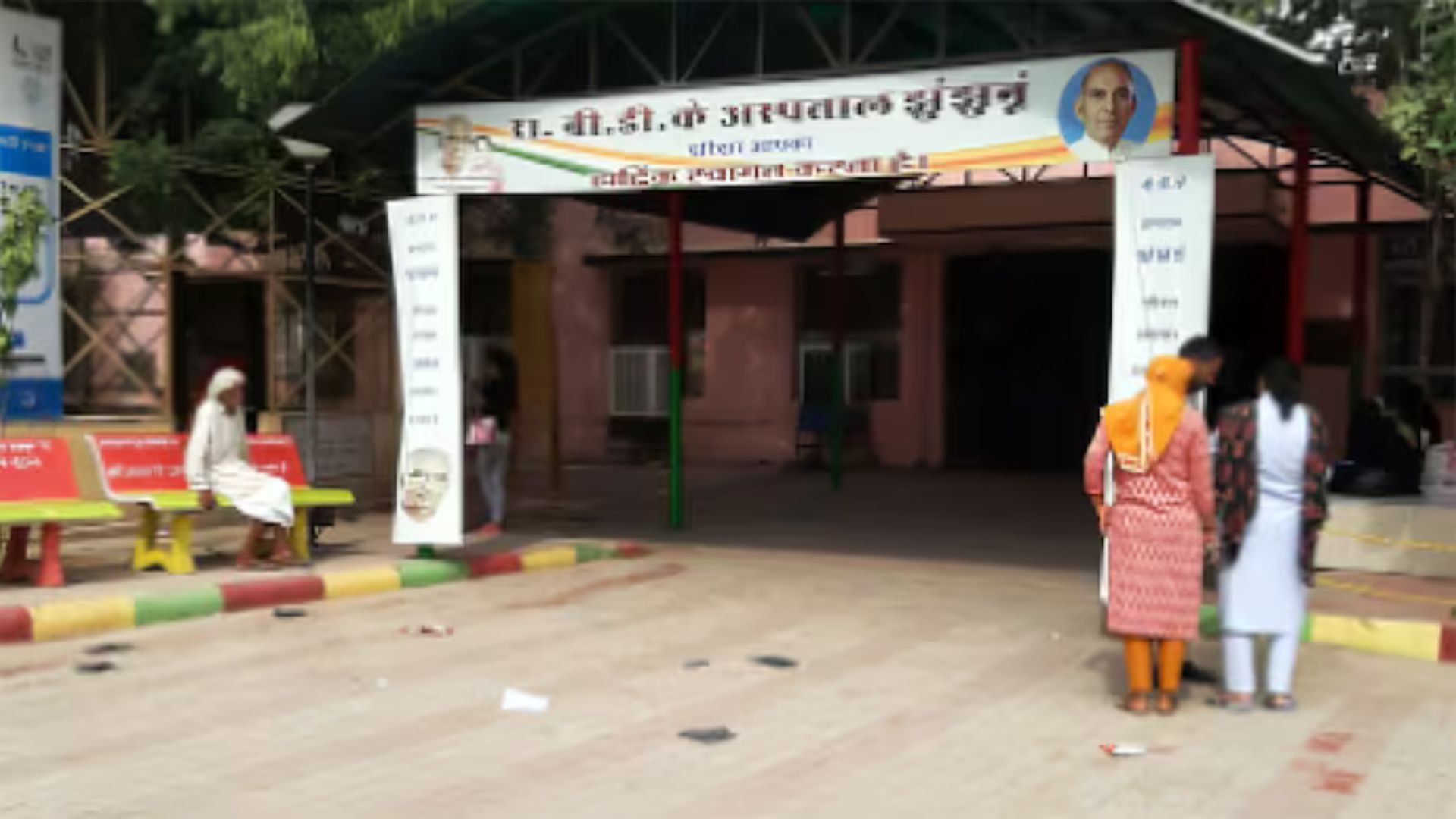Be it any sphere, the issue of discrimination against women continues to persist. This issue has been in constant discussion as to why women do not get equal status. In continuation to this, what comes to fore is that women are lagging behind in terms of labor force and their contribution in the field of employment fails to meet expectations. According to a World Bank report, women constitute about 48 percent of the country’s population, but even today they are not getting the same benefit of economic growth.
As per the Annual Periodic Labour Force Survey (PLFS) report, the estimated female Labour Force Participation Rate (LFPR) in Haryana on usual status for age 15 years and above is 19.1%. District-wise estimates are not captured in PLFS reports. The aforementioned issue was raised in parliament by Brijender Singh, former IAS and a member of parliament and in a reaction to this, aforesaid statistics were tabled. At the national level, it has been revealed in the data that in terms of labor force, the share of women in the agriculture sector is the highest. The participation of women in the agriculture sector is 62.9 percent while the share of men is 38.1 percent. Of the total labor, 45.5 percent is involved in agriculture alone. At the same time, the share of men in the manufacturing sector is 11.8 percent followed by women with 11.2 percent participation. On the other hand, in the construction sector, males contribute 15.6 percent and females 5 percent in the labor force. On the other hand, if we talk about the business, hotel and restaurant sector, the contribution of men is 14.7 percent followed by the women with 5.9 percent share. In the transport, storage and communication sector, males and females contribute 11.3 percent and 13.6 percent respectively in terms of employment.
Notably, women’s population is increasing in both urban and rural areas but they are far behind in terms of employment. The Equal Remuneration Act, 1976 now subsumed in the Code on Wages, 2019 provides that there shall be no discrimination in an establishment or any unit thereof among employees on the ground of gender in matters relating to wages by the same employer, in respect of the same work or work of similar nature done by any employee. Further, no employer shall make any discrimination on the ground of sex while recruiting any employee for the same work or work of similar nature in the conditions of employment, except where the employment of women in such work is prohibited or restricted by or under any law for the time being in force. Contrary to the concerned act, the situation in Haryana continues to remain unchanged. It is evident from the statistics that women are nowhere in comparison to men in terms of labor force in Haryana.
Continuous efforts were made in this regard but there was not much change in the situation on the ground. There is employment in many sectors in Haryana, mainly mining construction industry manufacturing mill labor is needed.















